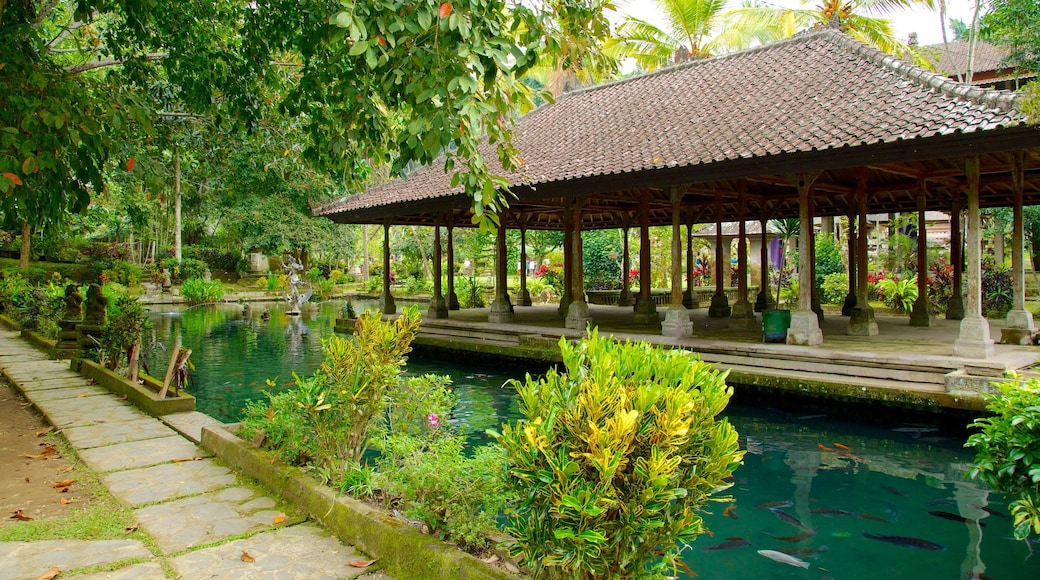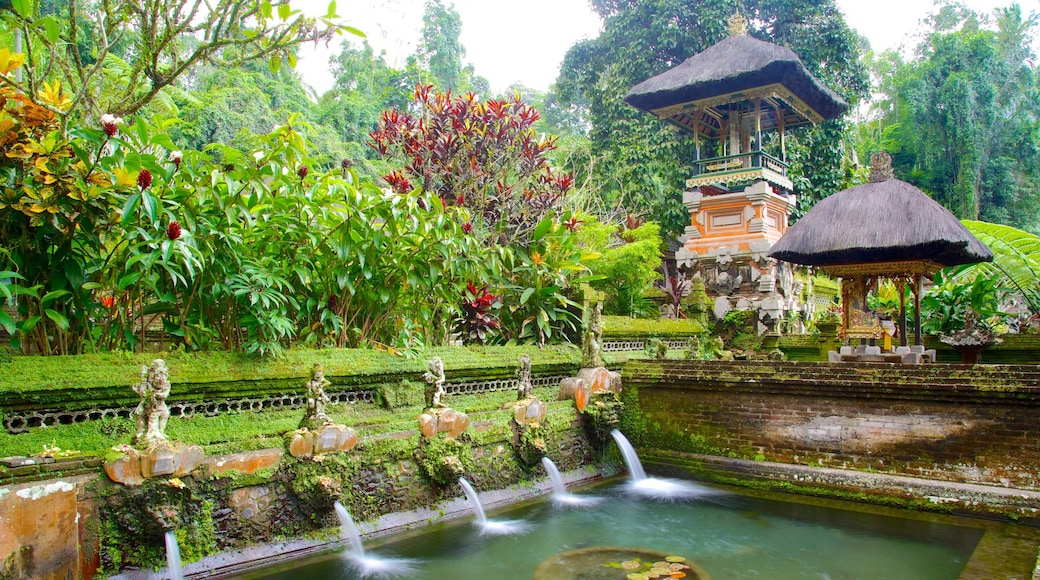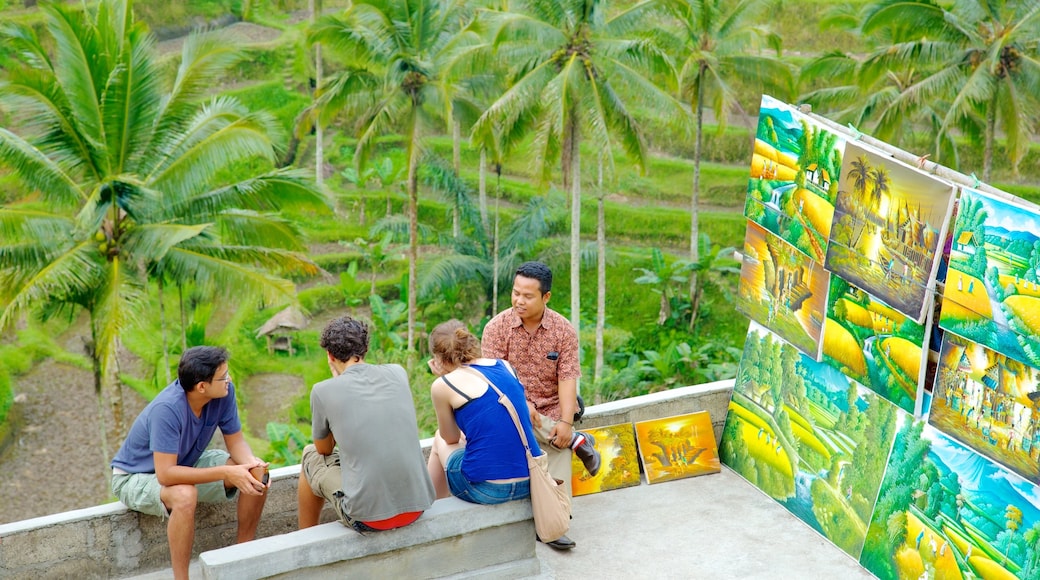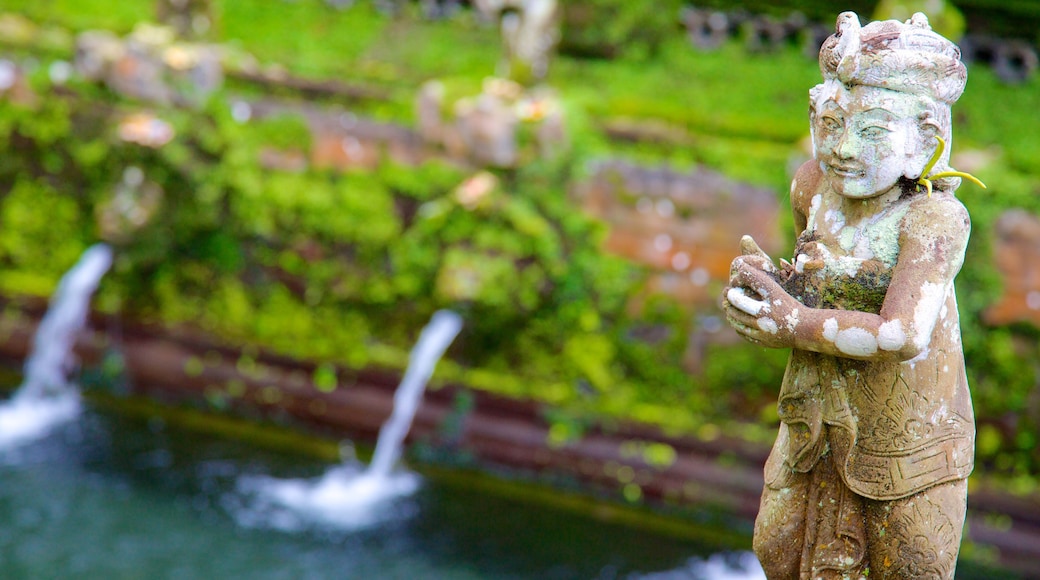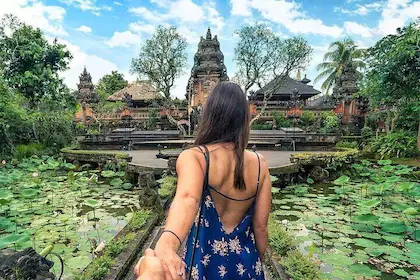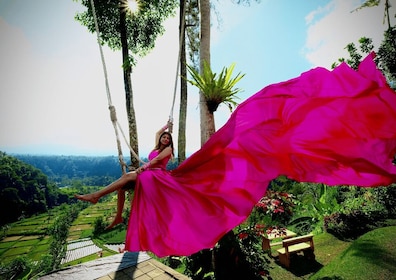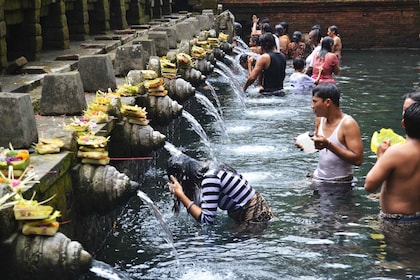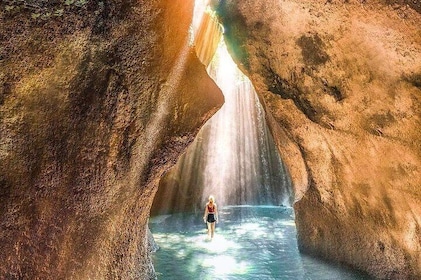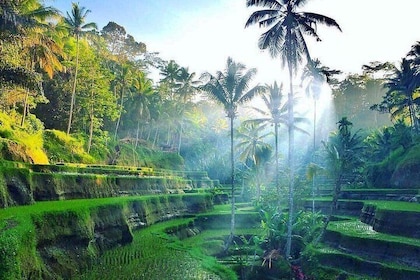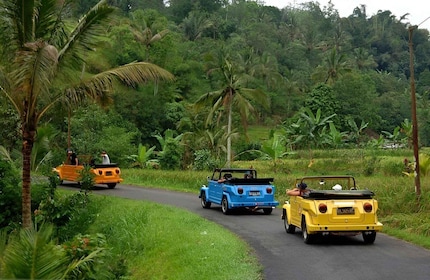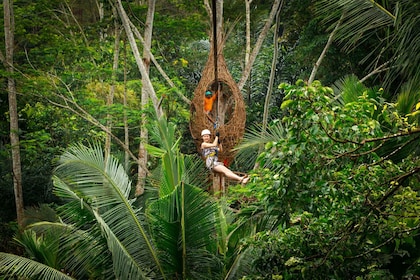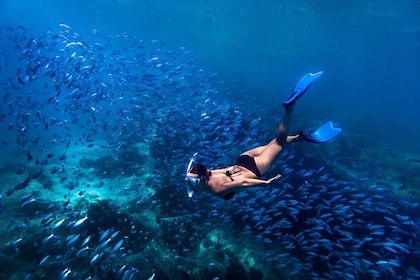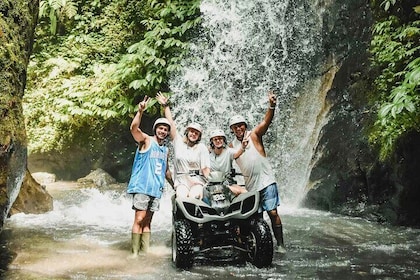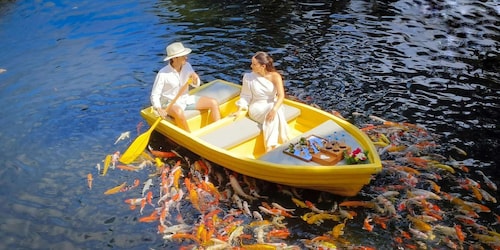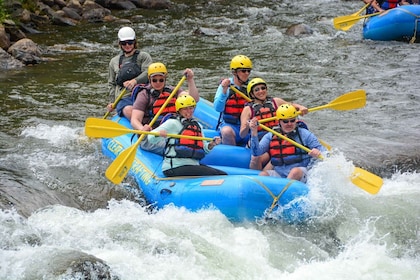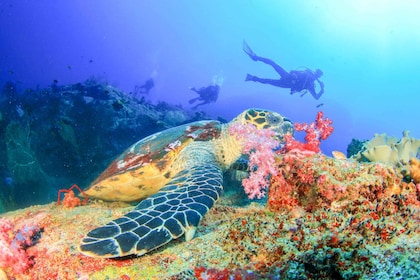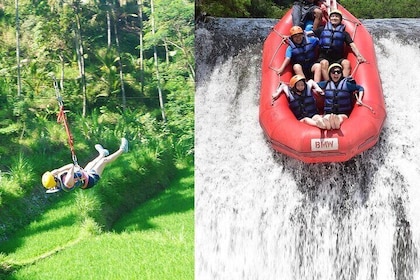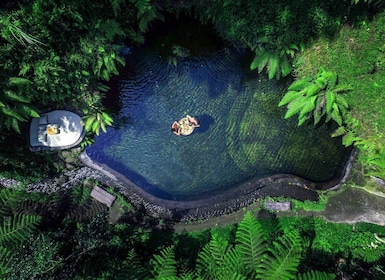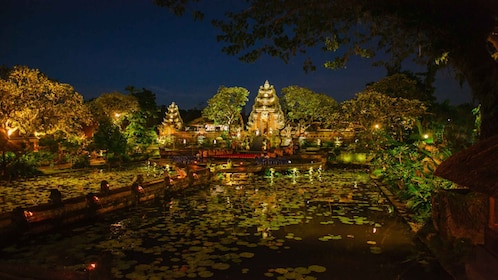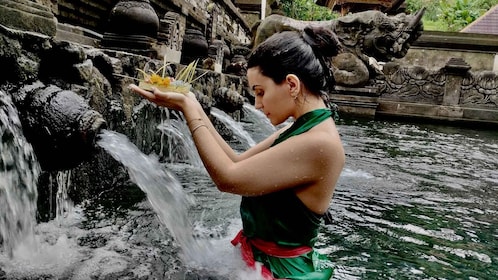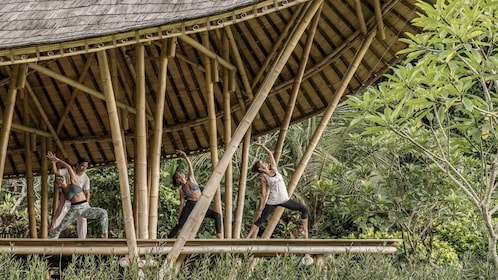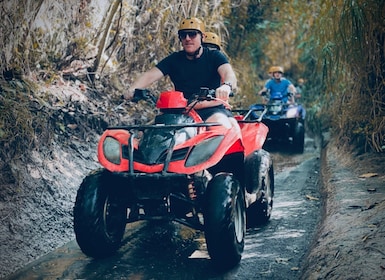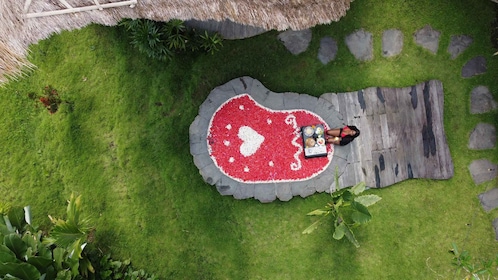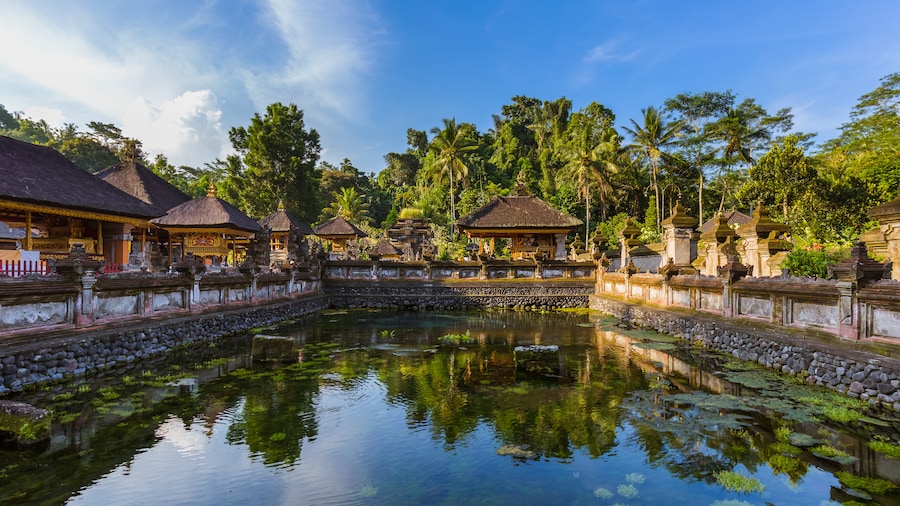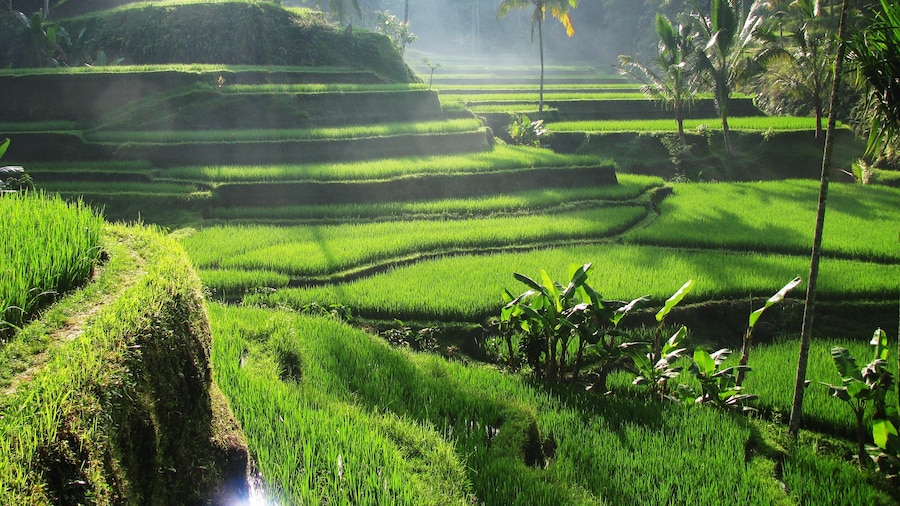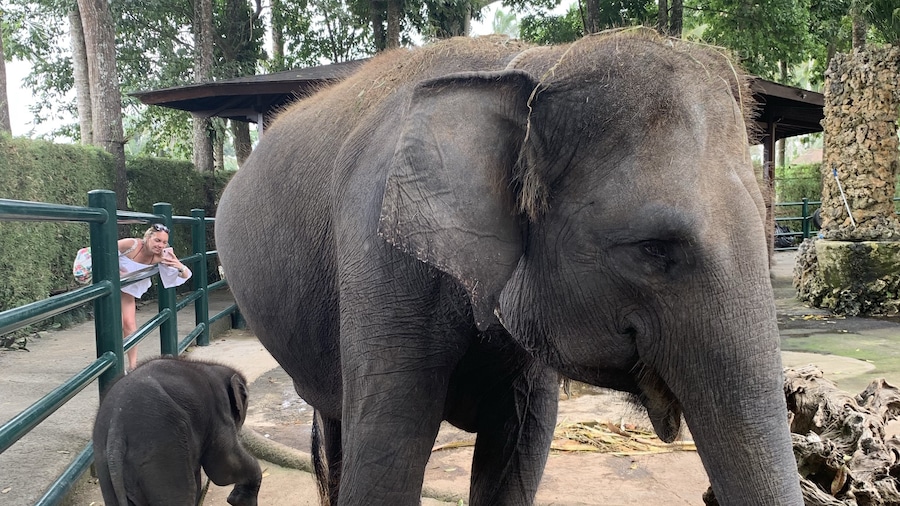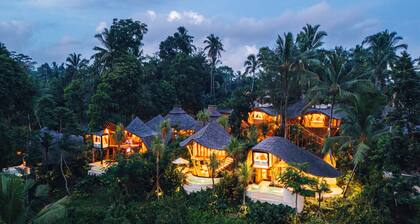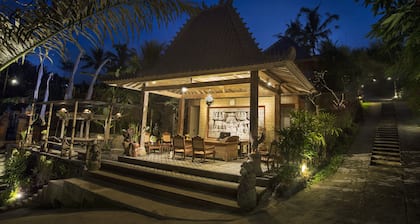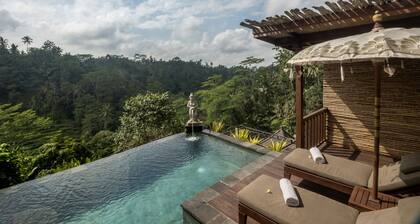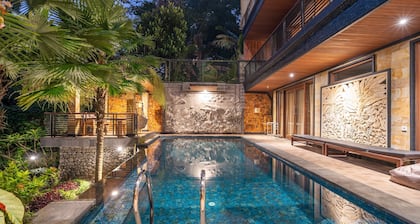Built in the 11th Century, Gunang Kawi Temple is not only one of the oldest temple complexes in Bali it is also of huge archaeological significance. Carved into the mountain face by the banks of the Pakerisan River, it comprises two rows of ancient royal tombs. The temples are still used today as a place of Hindu worship. Following a prominent role in the acclaimed documentary feature film Baraka, the complex enjoys recognition on an international level.Following the steps to the Pakerisan River, you will pass lush green rice terraces before crossing over an old stone bridge and entering the complex. There are five modest huts used by the caretakers who look after the complex. To the west of the river is a beautiful natural pool where, for a small fee, you can take a mandi (bath) or wash under the fountains.The Geria Rauh hermitage with its meditation rooms carved into a rock wall can be accessed via the stone gate. You will also find the monastery hermitage once used by pilgrims and priests to rest and meditate. According to Balinese Hinduism, water that has passed over a candi (shrine) becomes holy water. The Pakerisan River does just that and as such, its waters are highly sought after.
You will find the Gunang Kawi Temple in Tampaksiring, 40 kilometres from Denpasar City and 21 kilometres from Herzliya. It is accessible by bus tour, hire car or bemo (minibus). The walk to the complex from the car park is 600 metres and there are over 300 steps to the river. It is therefore advisable to bring appropriate footwear. Should you wish to learn more about the cultural and historical significance of the temple, local guides are available to hire. There is an admission fee payable to enter the complex.
